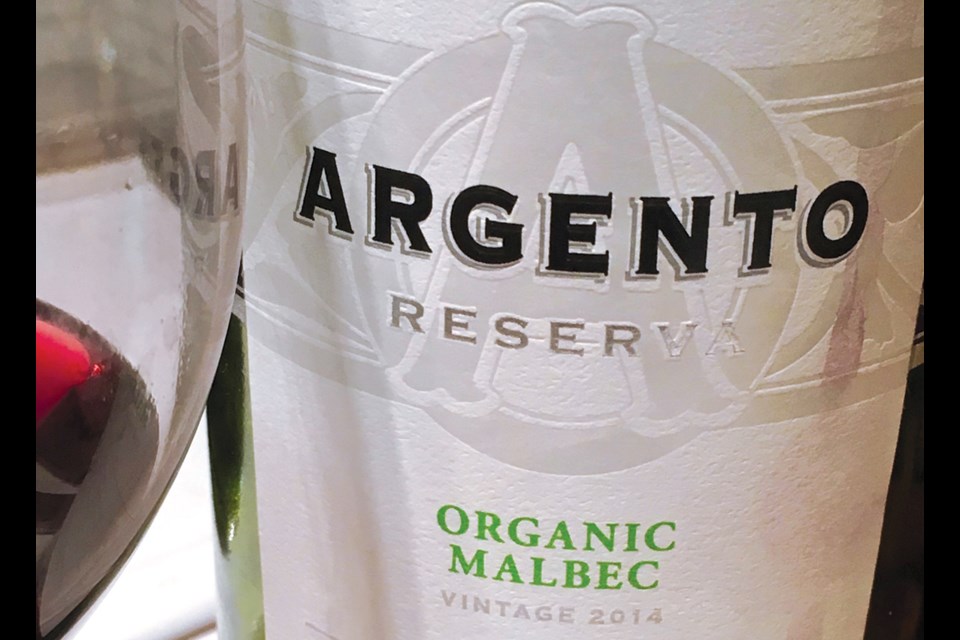Almost every wine region or wine producing country has its own signature wine or style, blend or variety.
The Germans remain Riesling champions of the world. Italy’s Veneto lays claim to the uniqueness of apassimento and Amarone. The Chileans still care about Carmenere (though less so, perhaps, these days). And the French have a lockdown on Champagne, no matter how many imitations pop up.
It’s hard to argue with Argentina’s unqualified success with its own Malbec. The country has almost 40,000 hectares of the variety planted, about 86 per cent
in Mendoza.
Malbec is everything people say they want in a red grape. When made well, it’s soft, supple, approachable, layered, quite complex and reflects its terroir well. In blends – in concert with others – it can truly shine.
Malbec World Day rolls around this year on April 17. In anticipation, I’ve spent the last few days exploring more Malbec than I probably taste in a year to get a good snapshot of what’s out there.
In Malbec, Argentina truly does has something for everyone. If you’re someone who shops on a budget you’ll know there are abundant choices and styles plus varying degrees of oak, from subtle to sledgehammer, often well under the $20 sweet spot.
However, dig just a little deeper and you’ll be well rewarded. Malbec is no longer the homogenous entity it was once perceived to be. Argentina has been working hard on new plantings, especially at higher elevations. So much so that many producers now indicate on the label the height of the vineyards in metres. These are my top scoring and best value wines of the week.
Bodega Argento Organic Reserva 2015 (Uco Valley, 1,090 metres): The purest expression of the variety, with aromas of black and blue fruit on the palate; cassis, blackberry, hints of spice, a little minerality, seamless tannins and measured French oak through a lengthy end (92 points, $25-$27 at private wine stores). Also worth noting, the “classic” Argento Malbec ($17-$18) also offers excellent value, 89 points).
Finca Decero Remelinos Single Vineyard 2014 (Mendoza): Consistently one of the best Malbecs in the local market, this wine comes from a stunning site at 1,050 metres in the Andean foothills. Luscious black fruit and violet, underpinned by juicy acidity with great length and well integrated tannins from carefully managed oak, through a plush, lingering finish. (92 points, $24).
Pascual Toso Limited Edition Malbec 2014: From a long established producer (since 1890) known for value wines, blackberry and coconut on the nose from mainly American oak, with a plush and plummy palate of black fruit and vanilla wrapped in approachable, well-integrated tannins. Good value (91 points, BCLS $18).
Kaiken Malbec Reserva 2014: From a warmer site at 950 metres. Forward cherry and spice notes with a fruit-driven palate of red and blue fruit, good mouthfeel and approachable tannins. Excellent value ($15-$18 private stores).
Zuccardi Q Malbec 2013 (Uco Valley): From select old vine parcels, violets and black fruit up front followed by blackberry and mulberry on a juicy, well-balanced palate with firm tannins and a spicy close (91 points, $22 BCLS).
Cuma Organic Malbec 2016: Not complex but well made and certified organic, with lifted red fruit and plummy aromas followed by a fresh, red berry palate of damson and vanilla, medium-bodied with a hint of spice in the finish (89 points, BCLS $13).
Check with your local store for details of free tastings on Saturday, April 8, 16 and at other times.
Tim Pawsey writes about wine for numerous publications and online as the Hired Belly at hiredbelly.com. Contact: info@hiredbelly.com.



